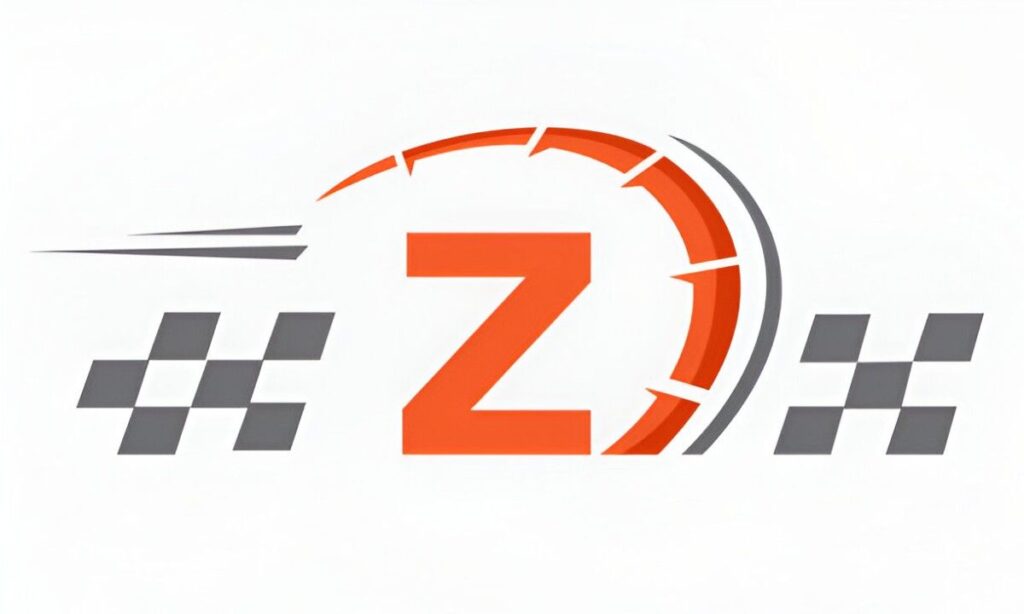Introduction
I often hear logistics professionals talk about intermodalism as the future of freight transportation. But what does it really mean, and how does it improve efficiency? In this article, I break down the concept, explore its economic and operational benefits, and analyze how it reshapes supply chains in the U.S.
Table of Contents
The Core Principles of Intermodalism
At its heart, intermodalism relies on standardization and coordination. Containers must fit on ships, trains, and trucks without modification. This requires precise engineering and logistics planning. The most common standardized unit is the twenty-foot equivalent unit (TEU), which measures container capacity.
Key Components:
- Containerization – Uniform steel containers ensure compatibility across modes.
- Drayage Services – Short-distance trucking connects ports, rail yards, and warehouses.
- Integrated Scheduling – Synchronized timetables reduce idle time.
A well-executed intermodal system minimizes delays and maximizes asset utilization.
Economic Advantages of Intermodalism
From a cost perspective, intermodalism leverages the strengths of each transport mode:
- Rail excels in long-haul, low-cost movement.
- Trucks provide last-mile flexibility.
- Maritime shipping dominates international bulk transport.
Cost Comparison: Single Mode vs. Intermodal
| Route (Chicago to Los Angeles) | Truck-Only Cost | Rail-Truck Intermodal Cost | Savings |
|---|---|---|---|
| 2,000 miles | $4,500 | $3,200 | 29% |
This table illustrates how combining rail and trucking cuts expenses significantly.
Mathematical Model for Cost Optimization
The total cost C_{total} of an intermodal shipment can be expressed as:
C_{total} = C_{rail} \times D_{rail} + C_{truck} \times D_{truck} + C_{transfer}Where:
- C_{rail} = Cost per mile for rail
- D_{rail} = Distance traveled by rail
- C_{truck} = Cost per mile for truck
- D_{truck} = Distance traveled by truck
- C_{transfer} = Handling cost at intermodal terminals
For a 2,000-mile shipment where rail covers 1,500 miles at $0.80/mile and truck covers 500 miles at $2.50/mile, with a $200 transfer fee:
C_{total} = (0.80 \times 1500) + (2.50 \times 500) + 200 = 1200 + 1250 + 200 = 2650Compared to an all-truck cost of $4,500, the savings are clear.
Environmental and Infrastructure Benefits
Intermodalism reduces road congestion and carbon emissions. Trains emit 75% less CO₂ per ton-mile than trucks. By shifting freight to rail for long hauls, we lower fuel consumption and highway wear.
Emission Comparison (Per Ton-Mile)
| Mode | CO₂ Emissions (grams) |
|---|---|
| Truck | 60 |
| Rail | 15 |
| Maritime | 10 |
The U.S. Department of Transportation estimates that increasing intermodal rail use by 10% could cut freight emissions by 5 million tons annually.
Challenges in Implementation
Despite its advantages, intermodalism faces hurdles:
- Infrastructure Gaps – Many U.S. rail terminals lack capacity for rapid transfers.
- Regulatory Barriers – Differing state and federal rules complicate cross-border shipments.
- Technology Integration – Not all carriers use compatible tracking systems.
Case Study: Port of Los Angeles Congestion
In 2021, supply chain disruptions caused massive backlogs at U.S. ports. Intermodal solutions could have eased the strain, but outdated rail connections slowed container movement. Investments in on-dock rail—where trains load directly from ships—could prevent future bottlenecks.
The Role of Technology in Modern Intermodalism
Advanced logistics platforms now enable real-time tracking and automated scheduling. Blockchain ensures transparency in multi-carrier shipments, while AI-driven routing optimizes mode selection.
Example: Dynamic Routing Algorithm
A shipper can use an algorithm to decide whether to route a shipment via rail or truck based on real-time fuel prices and congestion data. The decision function might look like:
min\left( C_{rail}(t) + \Delta T_{rail}, C_{truck}(t) + \Delta T_{truck} \right)Where:
- C_{rail}(t) = Time-dependent rail cost
- \Delta T_{rail} = Rail delay risk
- C_{truck}(t) = Time-dependent truck cost
- \Delta T_{truck} = Truck delay risk
This ensures the cheapest and fastest option is always selected.
Future Trends in U.S. Intermodal Transport
- Autonomous Trucking – Self-driving trucks could enhance drayage efficiency.
- Hyperloop Integration – Experimental high-speed cargo tubes may revolutionize short-haul freight.
- Green Corridors – Dedicated low-emission routes for intermodal freight.
Conclusion
Intermodalism isn’t just a buzzword—it’s a practical strategy to cut costs, reduce emissions, and improve supply chain resilience. While challenges remain, the U.S. is poised to benefit greatly from smarter, multi-modal freight systems. By investing in infrastructure and technology, we can unlock its full potential.





